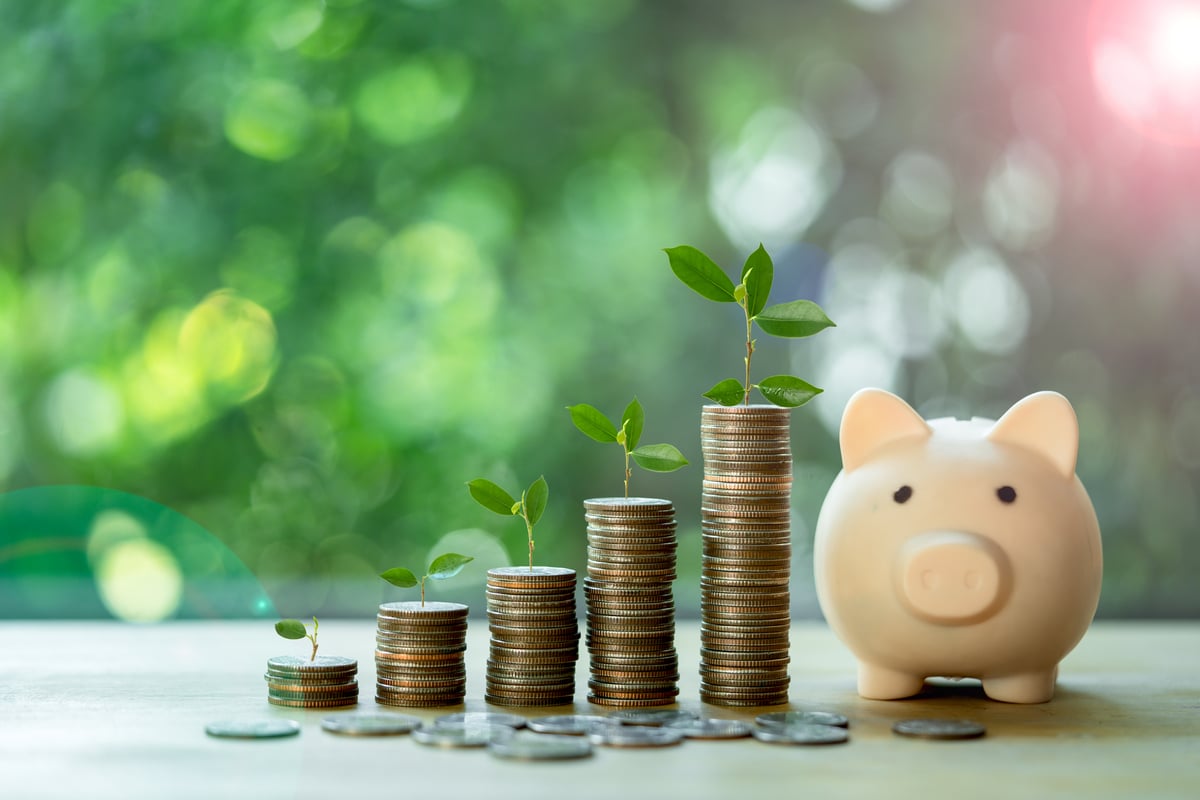Shares of UPS (UPS +2.75%) have been on a downward spiral, losing nearly a third of their value in the last year and over 60% from their early 2022 peak. The sharp decline has driven up its dividend yield to 7.5%, far above the S&P 500's 1.2% and rival FedEx's 2.4%.
Here's a look at whether UPS's alluring payout is a dividend yield trap or an unbelievable income opportunity.

Image source: Getty Images.
A look at what's driving the downdraft in UPS' stock price
UPS has been battling a couple of notable headwinds over the past few years. It's dealing with a challenging global economic environment due to ever-evolving trade policies. Tariffs are increasing international shipping costs, impacting the company's volumes. Additionally, the company is scaling back its relationship with its top customer, Amazon, to focus on more profitable business segments. The e-commerce giant provided 11% of the company's revenue in 2024 and around a quarter of its volumes. UPS wants to reduce its Amazon-related shipping volumes by more than 50% by the second half of next year.
These headwinds have weakened UPS's recent financial performance. Second-quarter revenue fell by nearly 3% to $21.2 billion, while adjusted earnings dropped 13% to $1.55 per share. This hit its cash flow. UPS generated $2.7 billion in cash flow from operations and $742 million in free cash flow in the first half of this year, both notably lower than last year's figures ($5.3 billion in operating cash flows and nearly $3.4 billion in free cash flow).

NYSE: UPS
Key Data Points
The drop in free cash flow threatens the sustainability of the dividend. UPS has paid $2.7 billion in dividends in the first six months of this year, $2 billion more than its free cash flow over the period. The company also repurchased $1 billion of stock earlier this year. It made up for the shortfall by taking on additional debt. Long-term debt and finance leases rose from $19.5 billion at last year's end to $23.8 billion. While the company has a more than $6 billion cash balance and strong A2/A bond ratings, funding the dividend with debt is unsustainable over the long term.
The turnaround plan
UPS has launched a two-pronged strategy to reconfigure its business to better align with its future Amazon volumes while growing higher-margin operations, such as healthcare logistics. As part of that plan, UPS aims to deliver $3.5 billion of annual cost savings by the end of this year. It has closed several buildings, reduced its headcount, and launched other cost-saving initiatives. The company expects to achieve the bulk of those cost savings during the second half of this year, positioning it to produce stronger earnings and cash flow in 2026.
Additionally, the company is investing capital to grow its higher-margin operations, notably healthcare logistics. UPS has accelerated the expansion of this platform through acquisitions. Last year, it acquired Frigo-Trans and BPL to bolster its cold-chain logistics capabilities in Europe. Meanwhile, it agreed to buy Andlauer Healthcare Group earlier this year for $1.6 billion to bolster its North American healthcare logistics platform.
These moves to reduce costs and grow its higher-margin businesses position UPS to become a more profitable company in the future. That would seemingly enhance its ability to continue paying the dividend.
What does all this mean for the dividend?
The key concern is whether UPS can maintain its current dividend during its ongoing transformation. On the one hand, the company has regularly reaffirmed its commitment to the dividend. Its most recent quarterly dividend announcement press release, UPS stated: "Commitment to the dividend is one of UPS's core principles and a hallmark of the company's financial strength. UPS has either maintained or increased its dividend each year since going public in 1999." It further reinforced its commitment to the payout earlier this year by increasing the quarterly payment by $0.01 per share to $1.64 per share.
However, relying on the balance sheet to fund dividends is not a viable long-term solution. If UPS's turnaround plan drags on or is less effective than expected, management may need to reduce the dividend to align the payout with available free cash flow and protect the company's financial health. This makes the current dividend vulnerable if the company doesn't show financial improvements soon.
The dividend might be too good to be true
UPS continues to prioritize its dividend while navigating operational challenges. While its strong balance sheet allows it to do so, the wide gap between free cash flow and its dividend outlay poses a considerable risk. If its turnaround efforts fail to deliver, a dividend cut becomes increasingly likely. Given this risk, income-focused investors should view the current yield with caution, as the payout may not be sustainable throughout the company's turnaround. The stock is best suited for those comfortable with more risk, given the uncertainty surrounding the dividend.





